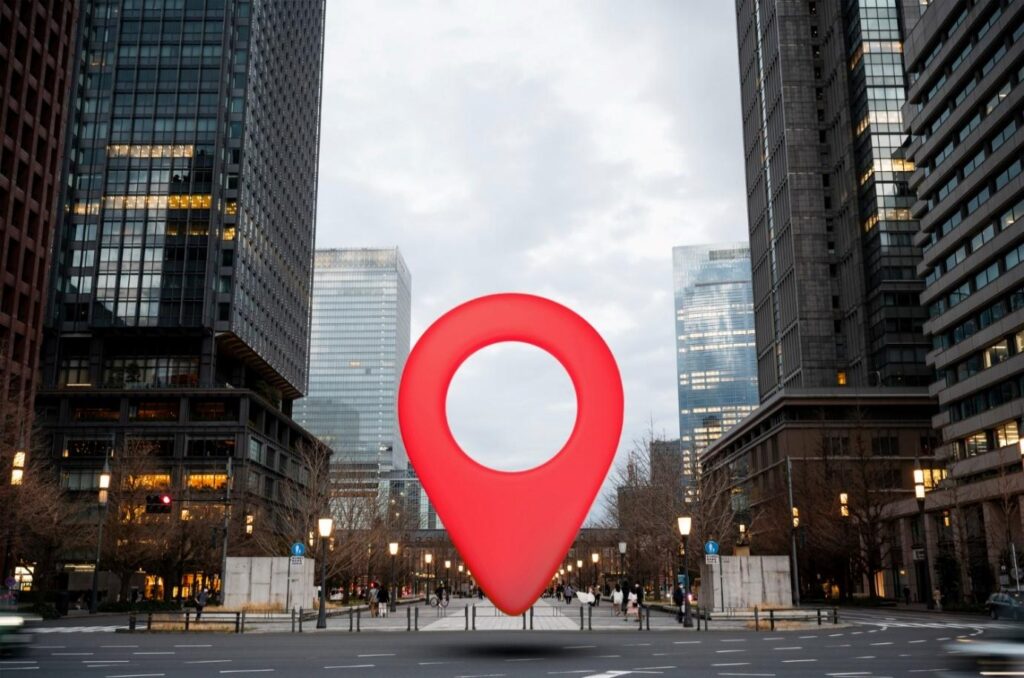
Whenever someone needs locally-available services, they tend to search online to find them. This is where local search engine optimization (SEO) comes into the picture, helping those local services and their potential customers connect together.
If you offer a service, your business needs to invest in local SEO. 8 in 10 consumers claim that they search for a local business online once every week.
So, how can you implement a local SEO strategy to help grow your business? The following guide can help.
Steps For Optimizing Google Business Profiles

The following steps can help you optimize your Google Business Profile (GBP):
1. Create a Google Business Profile Account
Head to https://business.google.com/us/business-profile/ and sign in with your business’ Google account. Make sure all the sections are completed. The most important ones include:
- Name
- Address
- Phone
- Website
- Business Hours
- Category & Attributes
- Products & Services
- From the Business
- Question and Answers (Owner-generated)
2. Provide Accurate Contact Details
The following steps can help optimize your business’ contact details within your profile:
- Your business name should be the same as that on your physical location’s signage.
- There should be consistency between your contact details on different online platforms.
- Make sure to mention both the regular and holiday business hours.
3. Create “From the Business” Description
Follow these steps to optimize the details within the “from the business” description:
- Include key information within the first 250 characters of the 750-character limit
- Make sure this description is optimized using the right keywords
- You can find valuation information from the About Us section on your company’s website
- Avoid any repetition of any existing information from other sections in your GBP account.
- There should be no links or HTML text in this section.
4. Select the Right Category
Follow these tips when trying to determine the perfect category:
- Be Specific: If you have a restaurant, be specific about the type of restaurant it is. There are thousands of categories, so it is worth spending some time to make the right choice.
- Select Secondary Categories: Select additional categories that apply perfect to your business. Examples in the restaurant field include Gourmet Grocery Store and Grocery Delivery Service.
When you add several categories or edit your category list, Google may require you to verify your business.
The next steps in optimizing your Google Business Profile include adding photos, driving Google reviews, and posting regularly about offers, announcements, services, and events. Next, you will have to add your services before setting up the messaging.
Techniques For Acquiring & Managing Customer Reviews

Many business owners neglect the essential resource of customer reviews. It is a powerful element that can help boost local SEO. There is more to customer reviews than building trust among prospects and driving buying decisions. Well-managed reviews can help you get ahead in local search results and improve your rankings.
How to Acquire Reviews?
Once your Google Business Profile has been set up, you should take steps to acquire reviews without it feeling spammy or awkward. Follow these steps to get genuine reviews:
Ask for Reviews
You can ask your customers for reviews in person and using a number of communication modes. Remember, most happy customers are willing to leave a review. Besides in-person, you can use the following contact modes:
- By Email: After a purchase, send a thank-you email asking for a review. Make sure to add a link that allows them to leave a review.
- By Text: You can also drop a link for review in your texts with clients.
- On Printed Materials: Your business cards, receipts, and postcards can include a request for a review in the form of a QR code.
Get Your Staff Involved
Train your staff members to ask for reviews during their conversations with satisfied customers. You can also create a friendly competitive environment by rewarding the ones who get the most reviews each month.
Create a Review Landing Page
A review landing page on your website not only encourages customers to leave reviews but also creates a central hub where you can collect and display feedback. It is recommended to feature all the positive testimonials on this landing page.
Additional steps for acquiring reviews include hosting webinars and workshops, ensuring all reviews are responded to, and following up with past customers.
How to Manage Reviews?
Google is just one platform where you can get customer reviews. While every business will want to build its presence on Google, there are other platforms as well where you will want to get reviews and get found. So, follow these tips to manage your customer reviews:
- Claim Your Business on the Right Review Sites: Find the websites where your customers are likely to read reviews the most, visit them, and search for your business name. If your business has a presence on these websites, claim it. Else, create an account.
- Use Reputation Management Tools: If you are receiving reviews from different platforms, you may need a reputation management tool to manage all the reviews from a single platform. Some of the popular applications include Yelp, Podium, Sprout Social, and ReviewTrackers.
- Respond to Both Positive & Negative Reviews: Since most customers will read reviews before making a buying decision, it is important to create a positive impression on review platforms that matter the most to you. Make sure you are replying to both positive and negative reviews. This can demonstrate that you value customer feedback and are dedicated to achieving greater customer satisfaction.
You should also have a strategy for identifying fake reviews and following the process for their removal.
Tips for Local Keyword Research & On-Page SEO

On-page SEO involves optimizing webpages to boost organic search rankings and drive more website and foot traffic. It is an important part of local SEO, requiring you to improve your website’s local traffic and visibility.
On-page SEO is specifically helpful for local service-based businesses as local search is focused on finding nearby services. The targeted searchers are already motivated or have the intent to make a purchase.
It is recommended to follow these tips to improve your local on-page SEO:
- Conduct local keyword research
- Create useful content that your local audiences can connect with
- Optimize your pages for targeted keywords and user intent
- Create landing pages focused on your local services
- Optimize your on-page images for local search
- Leverage the benefits of internal linking
- Add local schema markup to your website to help search engines get a better idea of your location-based content
- Mention the right NAP (Name, Address, and Phone Number) data on your website to help Google see your business as a trustworthy entity
Local Keyword Research
When your business offers services in a specific market, local keyword research will be required before a local SEO strategy can be created to drive traffic from that market. It can help improve your business’s visibility among your potential customers who are searching for your services in the market. If you ignore local keyword research, you could miss out on hundreds or thousands of leads every month.
It is recommended to follow these tips when conducting local keyword research:
- Determine the services around which you want the keyword research to be performed for
- Create a list of geo-modifiers for the local keyword search
- Create seed terms using each service name and geo-modifiers and combining them
- Choose a local keyword research tool and enter each seed term
- Select a combination of relevant keywords to be targeted
- Repeat the process for each seed term to create a comprehensive list of local keywords
Case Studies Demonstrating the Impact of Local SEO On Service Businesses

Some of the key case studies demonstrating the benefits of local SEO for service businesses are as follows:
Spectrum Landscape Services
This outdoor living services provider in Greenwood, Indiana had a company website that lacked in terms of organic SEO footprint. This affected their organic search traffic, leads, and sales. A strong content creation and SEO strategy when combined with local service advertising and SEO built their strong online presence, improved their search rankings, and drew up their leads. The company experienced 312% growth in organic Google search rankings.
Nolascapes
Nolascapes, another local business, had low search rankings, the content on their website needed update, and their online leads were thin. They needed a comprehensive on-page SEO campaign to boost their search rankings. A better content strategy and local SEO campaign gave a big boost to their search rankings and tripled their sales revenue.
These are just a few examples of how local SEO can help service-based businesses drive the desired market effects and make an impact on their leads and sales. Local SEO is a powerful and must-have digital marketing strategy for any service business to grow its leads and sales. If you need a professional evaluation of your online presence and guidance, feel free to contact The Clear Imaging, Inc. at 1(800) 380-6942. You can also reach us via this Online Form.






